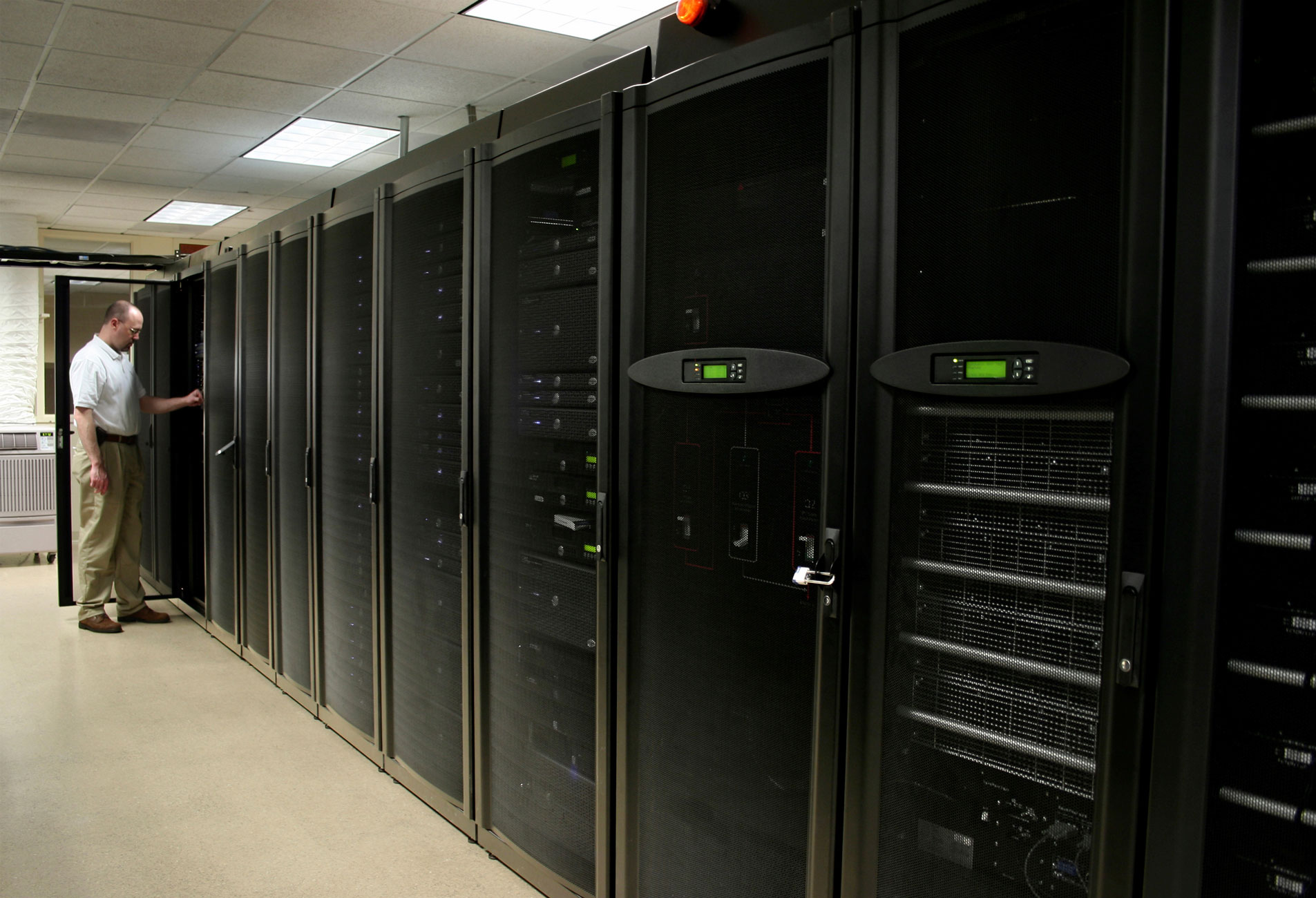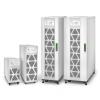Understanding IP Ratings for Enclosures

When selecting a rack or enclosure for your IT equipment, knowing what the International Protection (IP) ratings mean, helps you make the right choice.
IP ratings are the Australian standard for the level of protection provided by enclosures for electrical equipment, focusing on protecting people from electrical shock and protecting equipment from solids and liquids.
What is the difference between IP ratings, NEMA ratings and IEC ratings?
IEC ratings are defined by the equivalent international standard for electrical enclosures and are essentially identical to the Australian IP ratings standard. NEMA ratings are the primary standard used in the USA and cover corrosion and construction in addition to liquids and solids ingress.
Most major vendors can provide information about the rating of their enclosures against all three of these standards.
How is the code structured and what do the numbers mean?
The IP code has two digits. The first digit provides information on the degree of protection against solids and access by people to hazardous parts. The second digit provides information on the degree of protection against liquids.
For example, a cabinet that is rated ‘IP56’ is protected against dust entering the rack in sufficient quantity to harm equipment and against heavy seas and water jets from any direction.
In general, the higher an enclosure’s rating, the higher the price point. So having a good understanding of the operating conditions where you’ll place your enclosure, helps you select a rack that meets your protection needs without spending more than you need to.
First Digit Definition |
|
1 – Protection against solid objects 50mm in diameter or greater. A large surface of the body, such as a hand (no protection against deliberate access). |
|
2 – Protection against solid objects 12mm in diameter or greater. Fingers or similar objects less than 80mm in length. |
|
3 – Protection against solid objects 2.5mm in diameter or greater. Tools, wires or other objects of diameter or thickness greater than 2.5mm. |
|
4 – Protection against solid objects 1mm in diameter or greater. Wires or other similar solid materials greater than 1mm in diameter or thickness. |
|
5 – Protection against dust. Dust can not enter in sufficient quantity to affect satisfactory operation of equipment. |
|
6 – Dust-tight. No ingress of dust at all. |
Second Digit Definition |
|
1 – Protection against dripping water. Dripping water (vertically falling drops) shall have no harmful effect. |
|
2 – Protection against dripping water when tilted up to 15°. Vertically dripping water shall have no harmful effect when the enclosure is tilted at an angle up to 15°. |
|
3 – Protection against spraying water up to 60º from the vertical. Water falling as a spray at any angle up to 60° from vertical shall have no harmful effect. |
|
4 – Protection against water splashing in all directions. Water splashing against the enclosure from any direction shall have no harmful effect. |
|
5 – Protection against water jets from all directions. Water projected by a nozzle against enclosure from any direction shall have no harmful effects. |
|
6 – Protection against heavy seas and water jets from all directions. Water from heavy seas or projected in powerful water jets shall not enter the enclosure in harmful quantities. |
The full code is available from SAI Global or for advice on choosing the right enclosure to house your equipment, get in touch: sales@bdcservices.com.au or 1300 00 11 95.













Comments